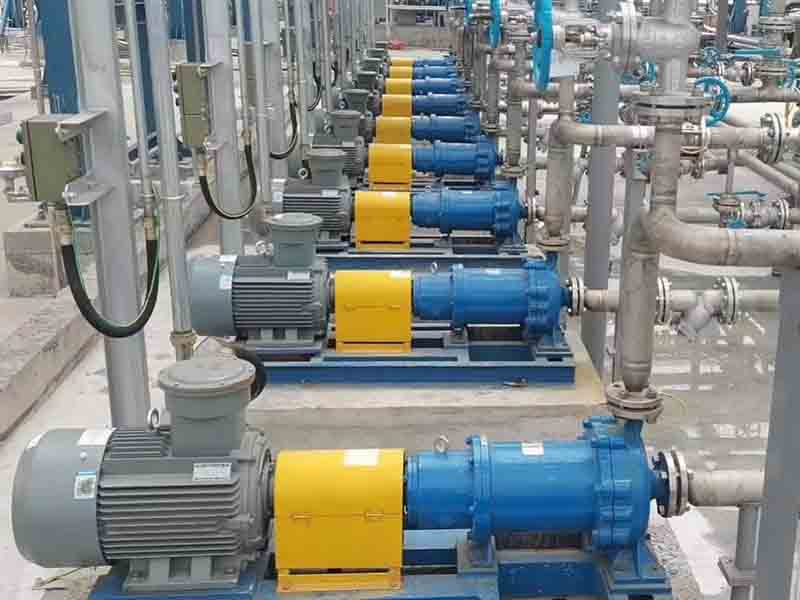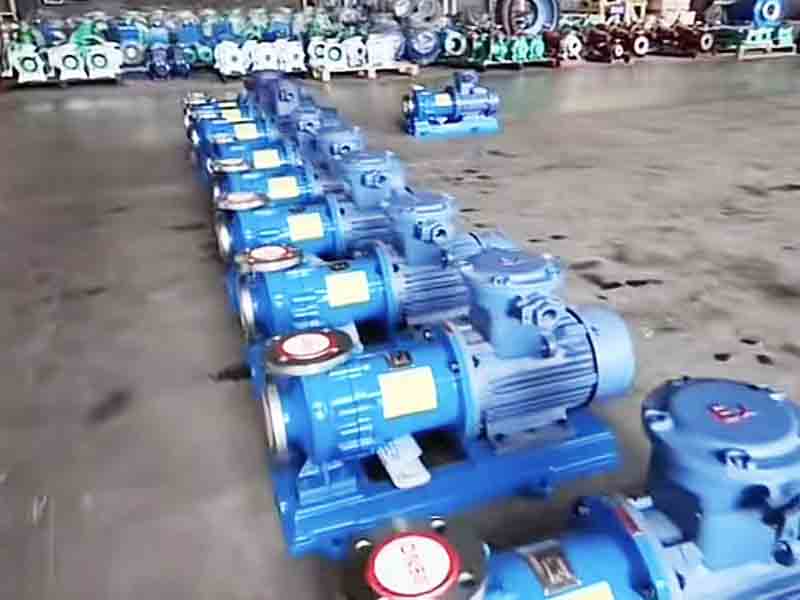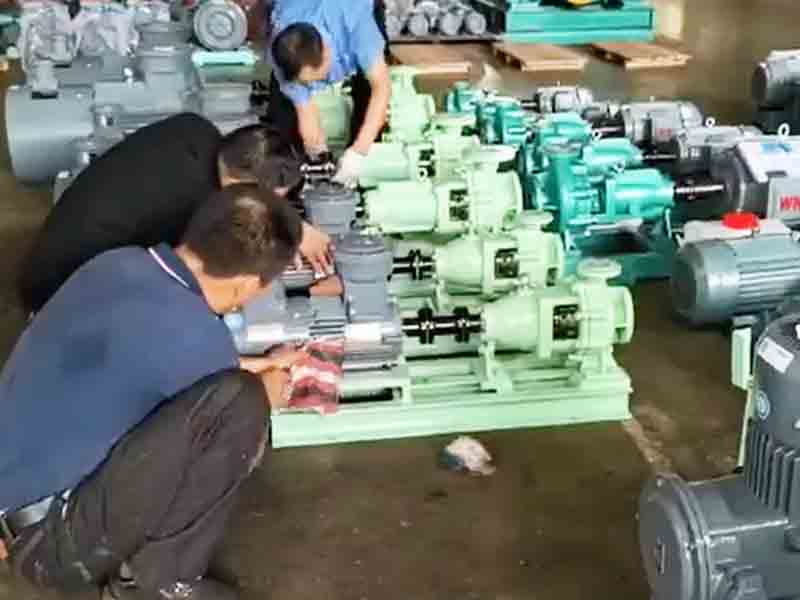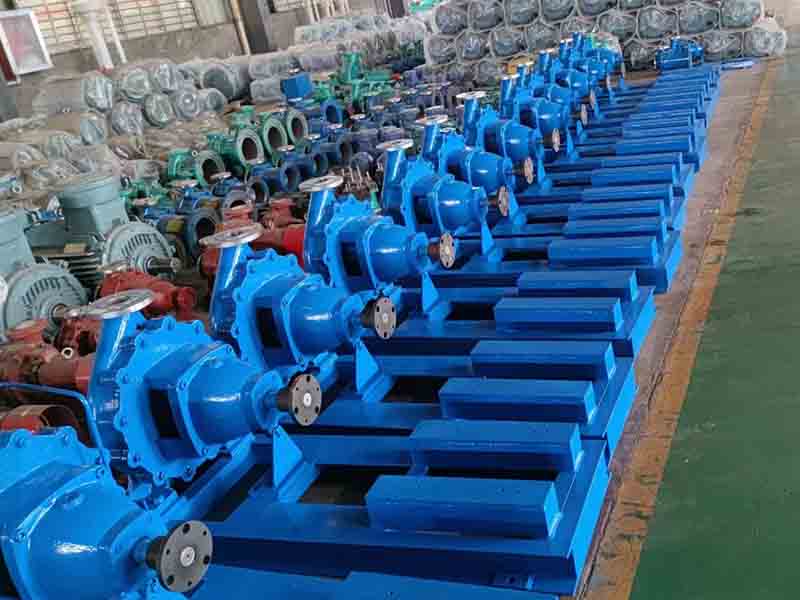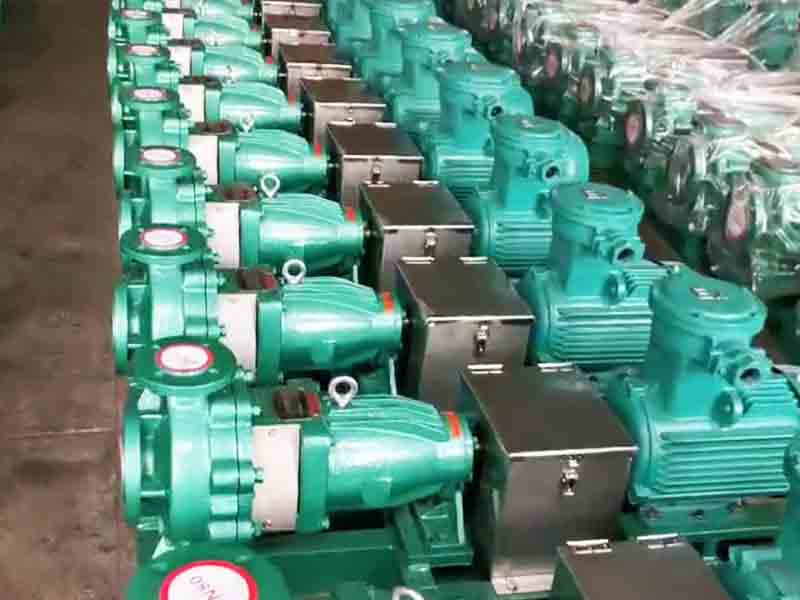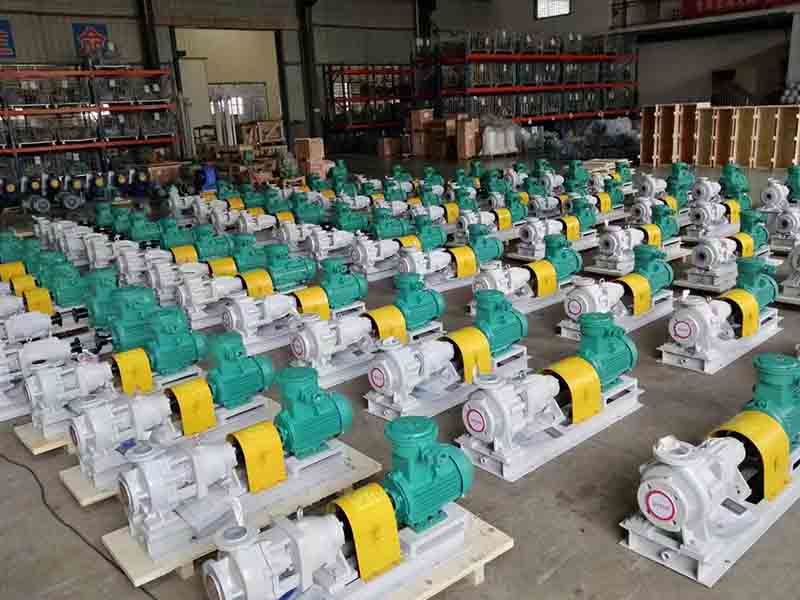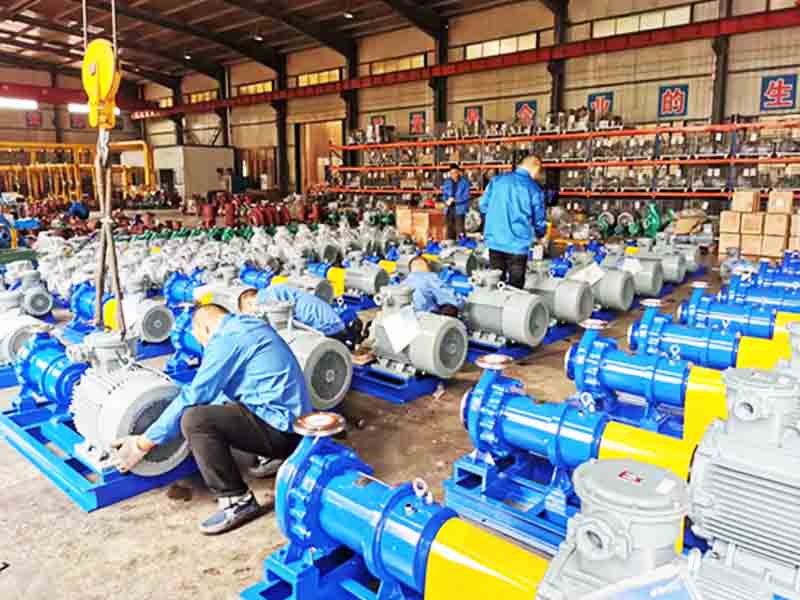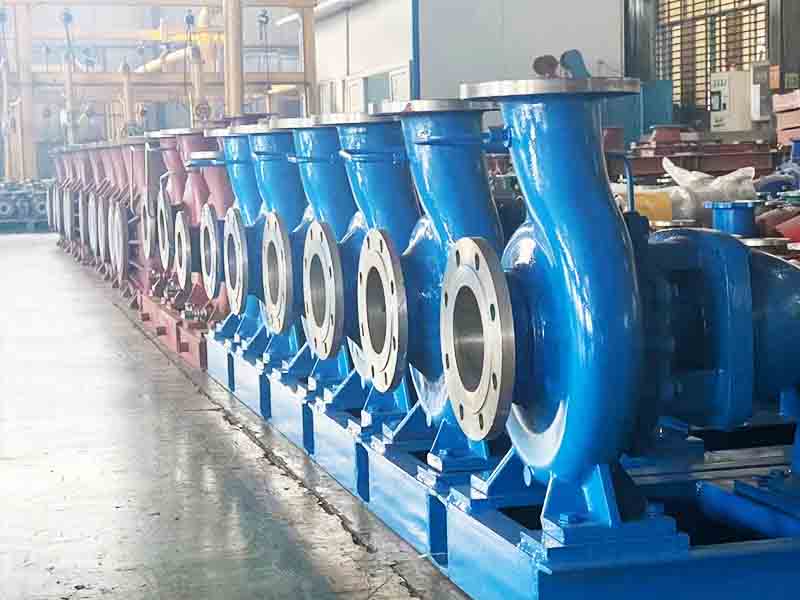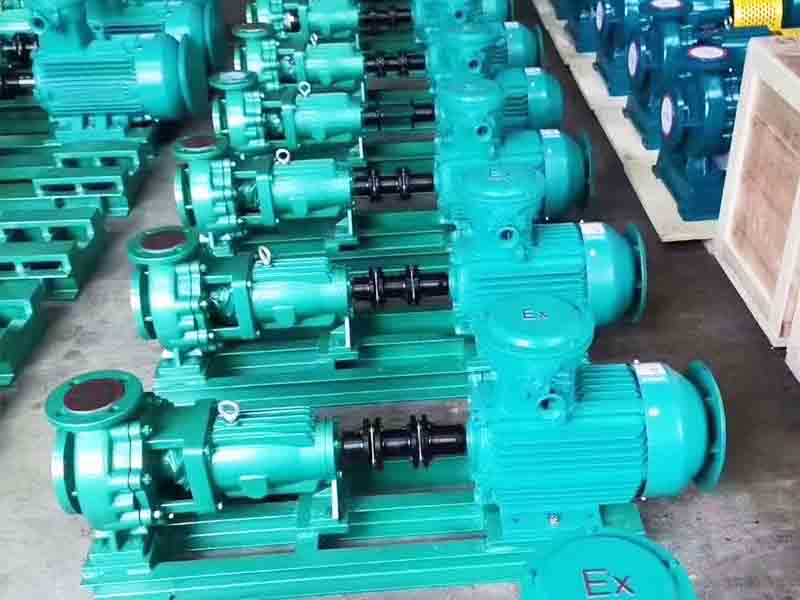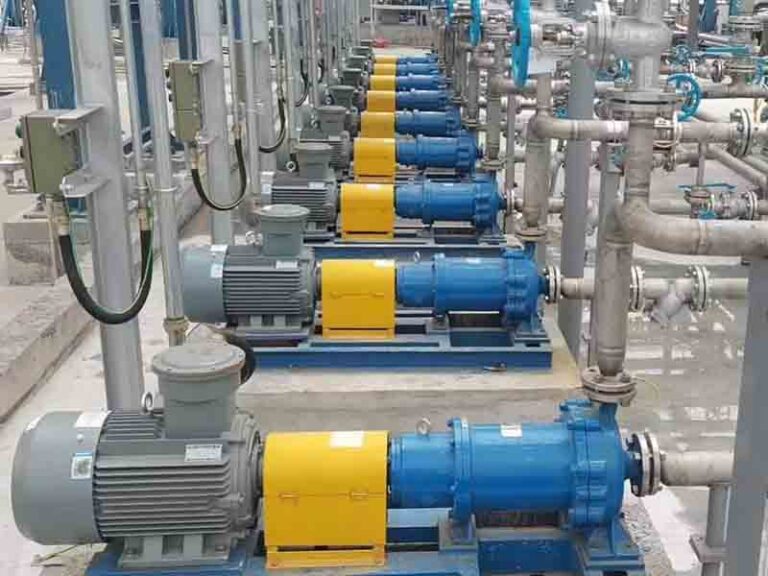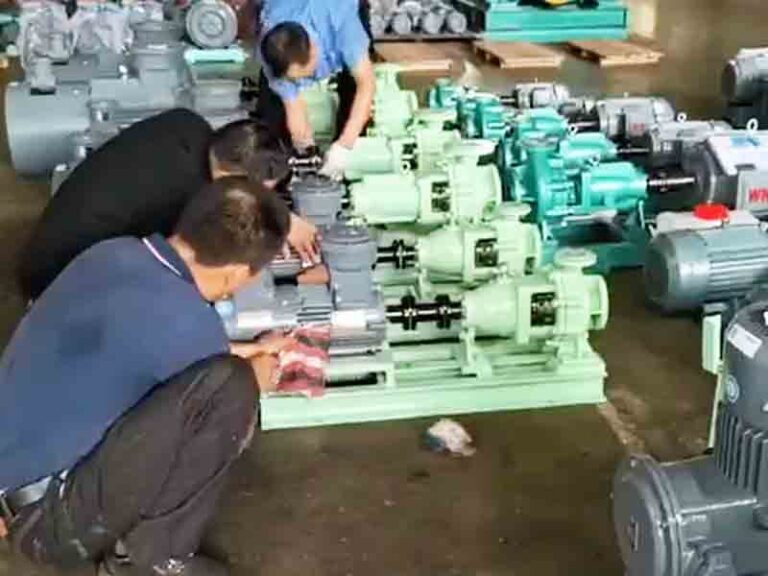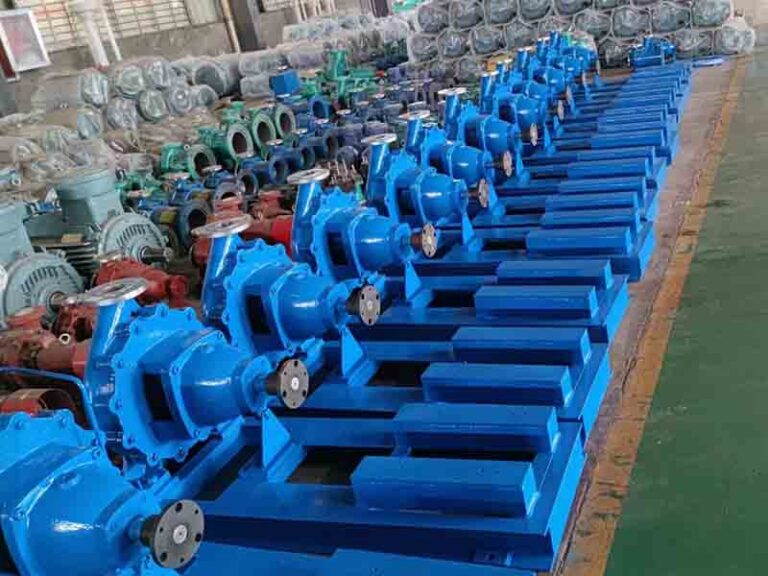Pumps are indispensable in all sorts of industrial manufacturing and fluid transfer, and for efficient running of these pumps is the keyfactor in any process. The choice of the pump that should meet application needs truly is the core to get max performance out of it.
End suction pumps: reliable for medium to high flow rates
End suction pumps — as you might guess by their name, the fluid is ingested via one end of the pump casing. The centrifugal force generated by the impeller of these pumps cause the fluid to be siphoned into the pump casing and then ejected by the discharge outlet. Because end suction pumps are typically installed horizontally, they are suitable for medium to high flow rates, prevalent in industry as well.
Inline pumps: high efficiency in a compact space
Inline pumps and close-coupled, inline with example of this type of design is quite spatially effective. The fluid flows straight from the inlet to the outlet. That’s why the Inline pumps work so well for applications in the low to mid-range flow, especially for installation where there is space constraint for example pumps that are used in HVAC, or small buildings.
Difference between Inline pumps and end suction pumps?
Design and Construction
Design features of Inline pumps:The inlet and outlet of the Inline pump are aligned in a straight line, and this structural design enables it to be installed directly in the Inline system without additional complicated Inline arrangement, which greatly saves installation space. The pump casing is mostly cylindrical, and the impeller is directly mounted on the motor shaft, which simplifies the overall structure and further improves the space utilization.
Advantages of end suction pump structure:The end suction pump adopts the traditional design where the fluid enters from one end of the pump (suction side) and flows out from the top (discharge side). The snail-shaped pump casing design can effectively convert the kinetic energy of the fluid into pressure, providing a strong guarantee for high-flow, high-pressure fluid transportation.
Ease of installation: Space determines choice
Easy installation of Inline pumps:When it comes to installation, Inline pumps show clear advantages. They are a close fitting swage to space, due to their compact size so that the can be fitted right up alongside pipework and even fixed directly onto it, without the need for any additional brackets/bracing. This is why they are a popular feature in applications where space is at a premium, such as those you will find in HVAC systems or small buildings.
Installation requirements for end suction pumps:End suction will need a larger footprint as well and the pumps need to be suspended while they operate, which requires more installation space and additional pipe support structures because of their large size. However, it is their larger size and solid installation that allows them to withstand higher flow rates and pressures, making them suitable for industrial scenarios with high flow and pressure requirements.
Performance: the trade-off between flow and pressure
Performance characteristics of Inline pumps:Inline pumps are highly efficient at low flow rates, maintaining a steady flow output while keeping pressure fluctuations to a minimum. Inline pumps are ideal for systems where the flow rate is relatively constant, such as some circulating water systems.
Performance Advantages of End Suction Pumps:End suction pumps excel in handling high flow and pressure fluids and are widely used in a variety of industrial processes such as water supply, irrigation, chemical production and more. Their powerful performance allows them to adapt to diverse operating conditions and meet the needs of different scenarios.
Maintenance: the difference between complexity and simplicity
Maintenance advantages of Inline pumps:Inline pumps have a compact structure and few components, which makes routine maintenance relatively easy. Typically, only regular inspection and cleaning of the pump seals is required. However, due to their compact design, access to the impeller may be somewhat limited under certain installation conditions.
Maintenance challenges of end suction pumps:Due to their large size and relatively complex internal structure, end suction pumps often require disconnecting piping to access internal components such as impellers when performing maintenance, increasing the difficulty and workload of maintenance. At the same time, due to the high pressure they are subjected to during operation, parts wear out relatively quickly, requiring more frequent maintenance and inspection.
Areas of application: Adaptation to different scenarios
End suction pumps
End suction pumps play an important role in several fields thanks to their powerful performance. They can be found in industrial production such as water treatment plants, chemical and food processing, as well as in civil applications such as water heating and sprinkler irrigation. In addition, end suction pumps also perform well in large-scale water transfer work in mines, construction sites and other places.
Application Scenarios of Inline Pumps
Inline pumps are mainly used in water heating and water circulation systems, especially vertical Inline pumps, which can withstand high-temperature environments and are ideal for hot water circulation. Meanwhile, Inline pumps are widely used in boilers, cooling towers, air-conditioning systems and other equipment, as well as water supply and heat and power plant booster pumps. It is even more indispensable equipment in industrial environments where space is limited.
Comparison of advantages: Inline pumps vs end-suction pumps
Significant advantages of end-suction pumps
End suction pumps offer many advantages. It is reliable and durable, and its robust construction enables it to operate stably under harsh conditions; it is available in a wide range of sizes and designs to meet applications of different sizes and needs; it is energy efficient and reduces long-term operating costs; it is relatively simple to install and maintain, and its modular design facilitates operation; it is easy to maintain due to interchangeable parts; it is space-saving due to its compact design; it is cost-effective and its overall cost is low; it has a wide range of applications, and it is suitable for a wide variety of fluid transportation scenarios; low operating noise, suitable for noise-sensitive environments.
Unique advantages of Inline pumps
Inline pumps also have their own unique advantages. Its space-saving design makes it easy to integrate into various narrow installation environments; high energy efficiency reduces system energy loss; simple maintenance reduces maintenance costs and downtime; low vibration and quiet operation makes it suitable for places with high noise and vibration restrictions.
Disadvantage analysis: Inline pumps VS end suction pumps
Limitations of end suction pumps
End suction pumps are not suitable for all scenarios. It is not well suited for high-pressure applications and can be challenging when transferring highly viscous fluids. There is also a risk of cavitation under certain specific operating conditions, which can affect pump performance and service life.
Application limitations of Inline pumps
Inline pumps also have certain limitations. It is not suitable for the transportation of high-pressure liquids, high-temperature liquids, and heavily contaminated liquids. These limitations need to be fully considered when selecting a pump for use.
How to choose: Inline pumps vs end suction pumps
Choosing between end suction pumps and Inline pumps requires consideration of a number of factors, including flow rate, pressure, available space, installation conditions, maintenance needs, efficiency expectations, and budget. At the same time, it is recommended to consult industry experts, combined with long-term operating costs for a comprehensive assessment, so as to select the most suitable for their own needs, to ensure that the system operates efficiently and cost-controlled.
In short, end suction pumps and Inline pumps have their own advantages and disadvantages, there is no absolute good or bad. Only in-depth understanding of their own needs, compare the characteristics of the two pumps, in order to make the most informed choice for the production and application to provide reliable protection.


